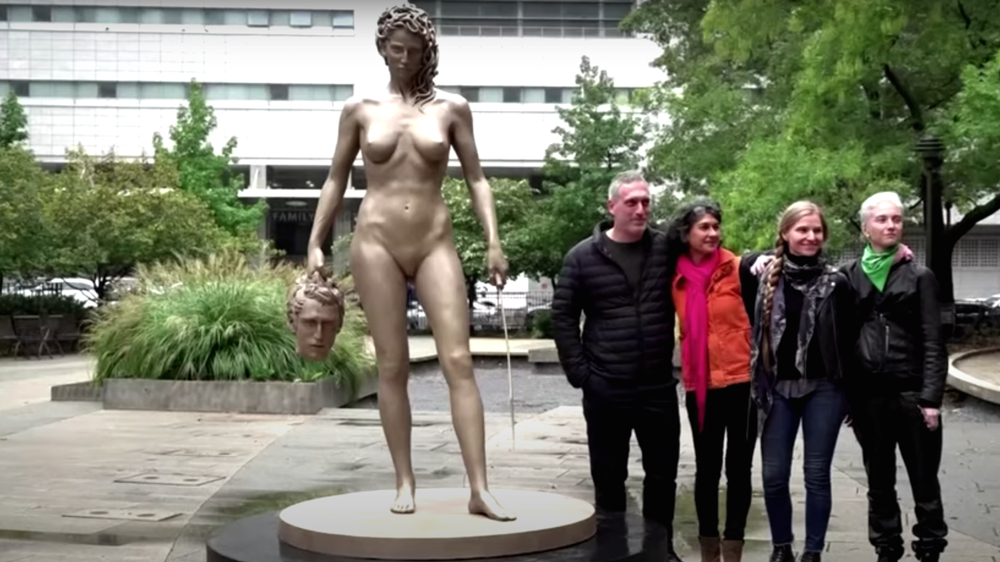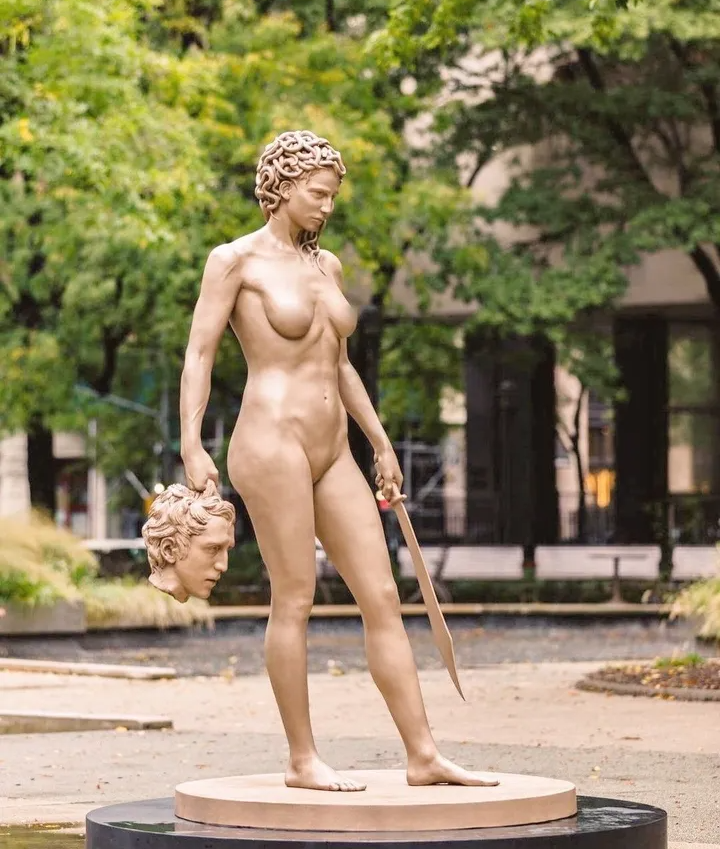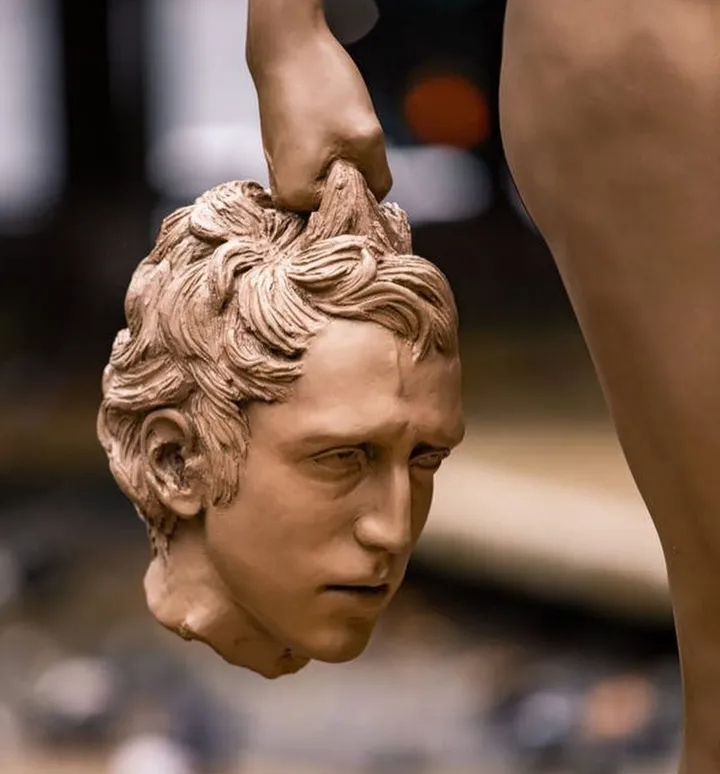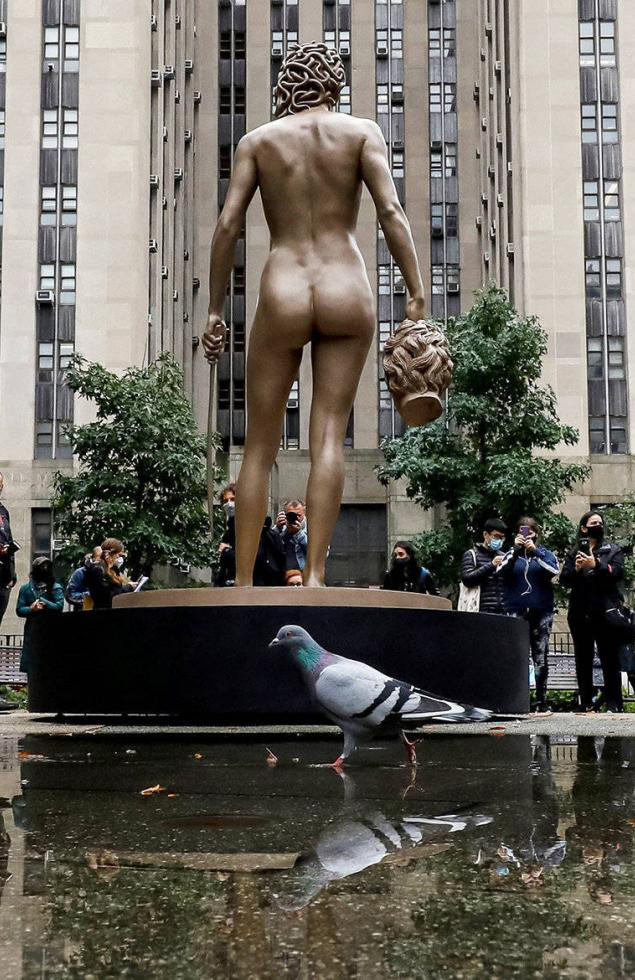Introduce
Welcome to the era of the 21st century revival, where artistic boundaries are pushed, and traditional narratives are reimagined. Luciano Garbati Medusa with the Head of Perseus is a captivating sculpture that has taken the world by storm. In this article, we will delve into the story behind this masterpiece, exploring its feminist twist on mythology and how it challenges gender stereotypes. Get ready to be enthralled by the audacity and beauty of Garbati’s work.
The 21st Century Revival: Luciano Garbati’s Medusa with the Head of Perseus
Garbati’s sculpture “Medusa with the Head of Perseus” brings a fresh perspective to the realm of Greek mythology, resurrecting the story of Medusa with a modern twist. This captivating artwork challenges the conventional narrative by turning the tables on gender roles and power dynamics. The sculpture portrays Medusa, the once feared Gorgon, holding the decapitated head of Perseus, the hero who slayed her.
Garbati’s creation serves as a symbol of empowerment, reclaiming the narrative for Medusa and questioning the vilification of strong women throughout history. By placing Medusa in a position of power, the sculpture challenges traditional notions of female vulnerability and male heroism. It highlights the strength and resilience of women, reminding us that even the most feared creatures have their own stories to tell.
A Feminist Twist on Mythology: The Story Behind the Masterpiece
The inspiration behind Garbati’s sculpture stems from Greek mythology’s portrayal of Medusa as a monstrous creature with snakes for hair. In traditional narratives, Medusa is transformed into a hideous monster due to her supposed vanity and is ultimately slain by Perseus. However, Garbati’s interpretation presents a different perspective, one that emphasizes the unfair treatment and objectification of women throughout history.
Garbati’s sculpture explores themes of victim-blaming and the consequences of male entitlement. It challenges the narrative of Medusa as a villain and instead depicts her as a strong woman who has overcome the trials and tribulations forced upon her. By subverting the traditional tale, Garbati encourages viewers to question societal norms and preconceived notions about women’s roles in mythology and in contemporary society.
Unveiling Beauty: How Garbati’s Sculpture Challenges Gender Stereotypes
Garbati’s sculpture challenges deeply ingrained gender stereotypes by presenting a powerful and confident Medusa, showcasing a woman who has taken control of her own story. The artwork invites us to question the binary constructs of good and evil, hero and villain. It calls attention to the complexity and diversity of women’s experiences, urging us to look beyond superficial appearances and appreciate the strength and resilience of all individuals.
In a world saturated with gender expectations and stereotypes, Garbati’s sculpture serves as a reminder that true beauty lies in embracing one’s authentic self, regardless of societal pressures. It encourages us to celebrate the multifaceted nature of women and recognize their agency and power. Through his artwork, Garbati sparks a much-needed conversation about equality and challenges us to redefine traditional notions of strength, beauty, and heroism.
Epilogue of luciano garbati medusa with the head of perseus
Luciano Garbati Medusa with the Head of Perseus has breathed new life into the world of art and mythology. With its feminist twist on the traditional narrative, this sculpture challenges gender stereotypes and invites us to question societal norms. As we continue to navigate the 21st century, Garbati’s masterpiece serves as an important reminder to celebrate the strength and resilience of women, and to recognize the power of reclaiming narratives that have long been overshadowed by patriarchal constructs. Let us embrace the beauty and audacity of Garbati’s work, and continue to reshape the world through art.





